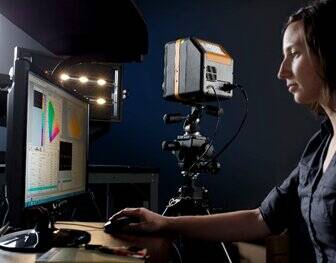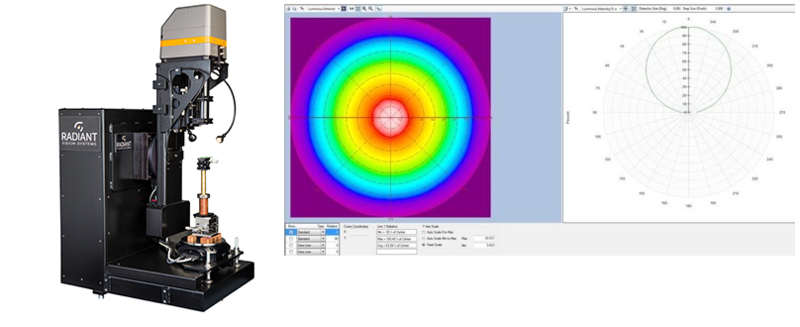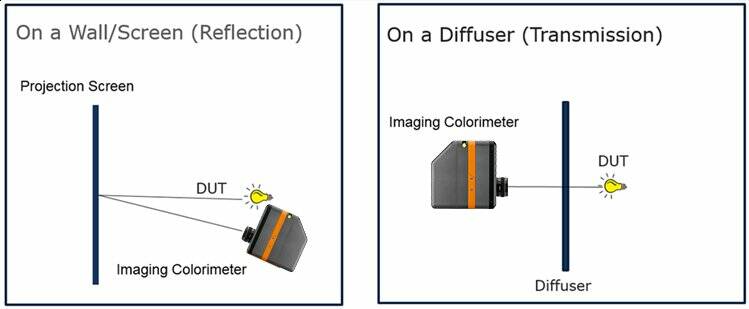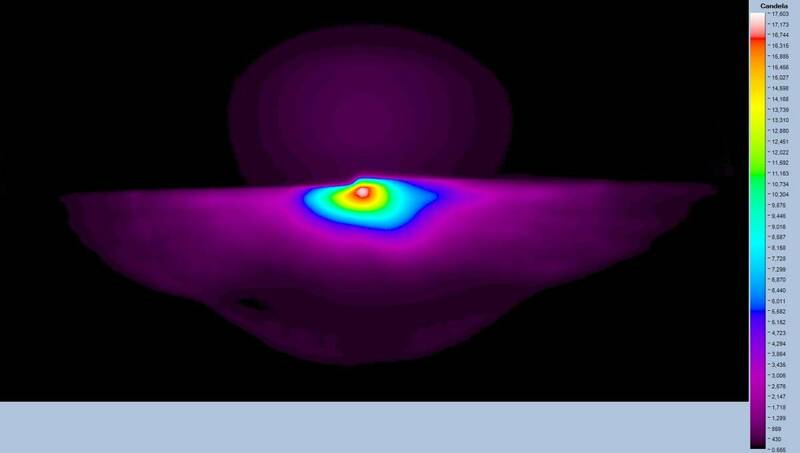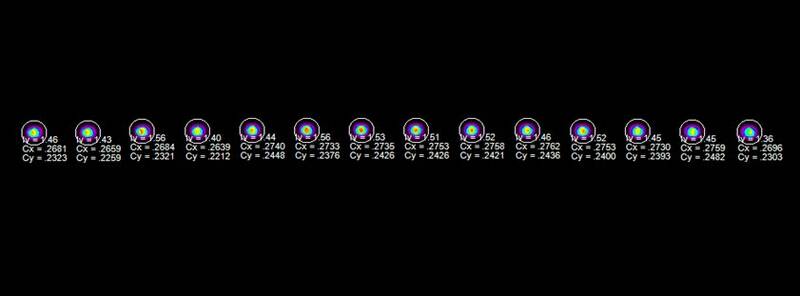Light sources have a significant impact on device design and operation in all industries. From backlit avionics in an aircraft to illuminated components in medical equipment, the brightness, color, temperature, and uniformity of lighting are essential for conveying visual information or helping users accomplish critical tasks. For instance, lighting in an airplane cockpit must be sufficiently bright and correctly distributed to allow a pilot to see important instruments as he flies. Color also plays an unsung but critical role.
The color rendering of organs and tissues under various lighting colors and temperatures can affect a surgeon’s ability to visually distinguish color differences that indicate tissue types and health. Lighting for medical devices and other equipment used for healthcare must fall within specific color and temperature ranges to ensure visual information is not misinterpreted. Achieving the intended performance of each light source requires measurement of the photometric characteristics of each light, which differ for LEDs to halogen and incandescent lamps. Measurement solutions help designers meet desired light output across emission angles, colors, reflections, contrast, and patterns for a given application.
Radiant’s measurement solutions for light source design and production capture complete and precise three-dimensional spatial measurements of a source’s output (creating standard IES, EULUMDAT (LDT), and Radiant Source Model™ (RSM) files), which can be exported for use within optical design software. Radiant light measurement systems measure luminance, illuminance, luminous intensity, chromaticity, Correlated Color Temperature (CCT), and more, to determine that a source is designed to spec, manufactured without flaws, and binned appropriately.
Radiant’s solutions for light source measurement employ ProMetric® Imaging Colorimeters and Photometers for the quickest and most comprehensive evaluation of millions of data points, which ensure all light sources meet your specifications and the expectations of your customers.
An example of a goniometer (left) employing an imaging system to measure the complete spatial output of a large light source at a given angle. A measurement image (right) shows the radar plot of a light source’s angular luminous intensity distribution (in false-color scale) and a polar diagram highlighting a cross section of that intensity plot.
Examples of non-goniometric measurement setups using an imaging colorimeter to measure the beam pattern of a light source reflected off a wall or screen (left), or through a diffuser (right).
Measurment image showing the distribution pattern captured by an imaging system from light cast on a wall by a headlamp (shown in false-color scale in Radiant PM-HL™ Headlamp Evaluation Software).
Radiant TrueTest™ Software measures an LED array for intensity and color during in-line quality inspection.



